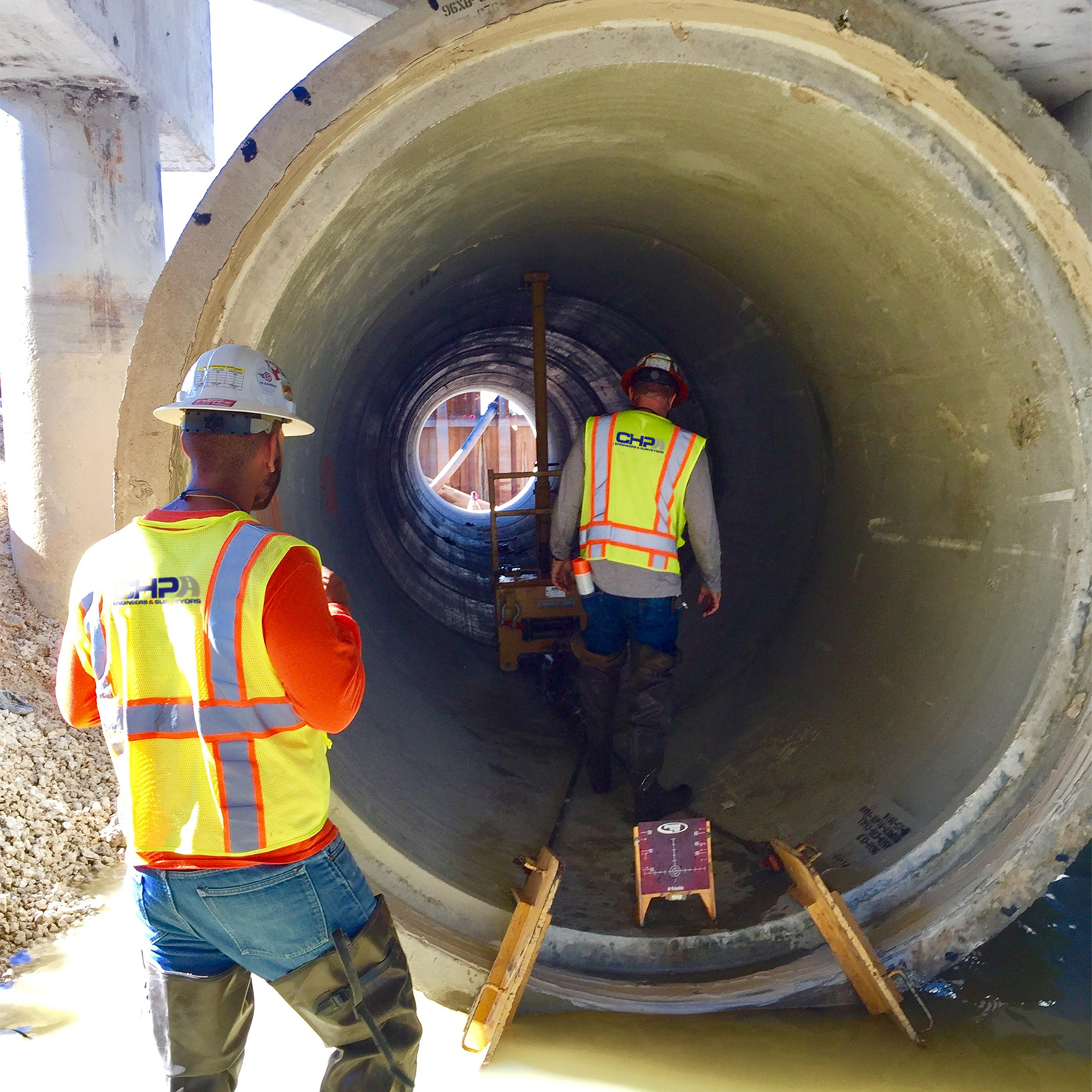- 9594 NW 41 Street Suite 201 Doral, FL 33178
CHP is a multi-disciplinary engineering consultant whose mission is to embody design
excellence in the fields of transportation, civil, environmental, structural, lighting, construction management and construction engineering and inspection (CEI).

Highway Design – Roadway. This work group involves the production and/or review of highway plans, related design studies, creative utilization of roadsides, and the accommodation of utilities and utility crossings (where appropriate), which conform with acceptable design standards and which meet the specific requirements of the Department or the Federal Highway Administration.
This work group includes the performance of studies of existing traffic problems within an urban area; and the determination of the most effective way to improve traffic flow and safety through the application of traffic engineering techniques and other corrective measures. It includes street and signal inventories; intersection and crossing diagrams; highway lighting information at nighttime high accident locations; and analysis of accident reports, traffic counts, travel times, parking practices, and laws and ordinances affecting transportation. This work group is limited to generalized description and schematic layouts of the proposed improvements, including right of way requirements, and generally does not include the preparation of construction plans and the writing of specifications for traffic system projects.


This type of work involves the monitoring and inspection of the work required under various construction contracts. This type of work includes coordinating with other public agencies, utilities, and affected property owners.
This type of work involves the determination of future actions necessary to address the need for transportation facilities and services. The work effort may involve planning both short range (up to 10 years) and long range (more than 10 years) time periods, and may involve any or all typical activities of planning, including development and refinement of processes and procedures; development and analysis of policies, goals, and objectives; data collection and analysis; issue analysis; development and use of forecasting and other models; analysis of transportation/land use relationships; assessing the impact that planning transportation improvements may have on private property; establishment of standards and performance criteria; forecasts of transportation and transportation related data; determination and analysis of alternatives; multimodal/intermodal tradeoff analysis; analysis of alternatives; multimodal/intermodal tradeoff analysis; development of recommended plans and courses of action; financial feasibility; assessment of the impacts of growth management requirements on transportation; and public participation and coordination with other planning processes and plans.


Surveying and Mapping. This work group includes surveying and mapping, as defined in Rule Chapter 61G17-6, F.A.C., required for the land acquisition, design, and construction of transportation projects
There are many variations of passages of Lorem Ipsum available, but the majority have suffered alteration in some form, by injected humour, or randomised words which don’t look even slightly believable. If you are going to use a passage of Lorem Ipsum, you need to be sure there isn’t anything embarrassing hidden in the middle of text. All the Lorem Ipsum generators on the Internet tend to repeat predefined chunks as necessary, making this the first true generator on the Internet. It uses a dictionary of over 200 Latin words, combined with a handful of model sentence structures, to generate Lorem Ipsum which looks reasonable. The generated Lorem Ipsum is therefore always free from repetition, injected humour, or non-characteristic words etc.
It is a long established fact that a reader will be distracted by the readable content of a page when looking at its layout. The point of using Lorem Ipsum is that it has a more-or-less normal distribution of letters, as opposed to using ‘Content here, content here’, making it look like readable English.
Copyright © 2024— CHP Engineers & Surveyors. All Rights Reserved